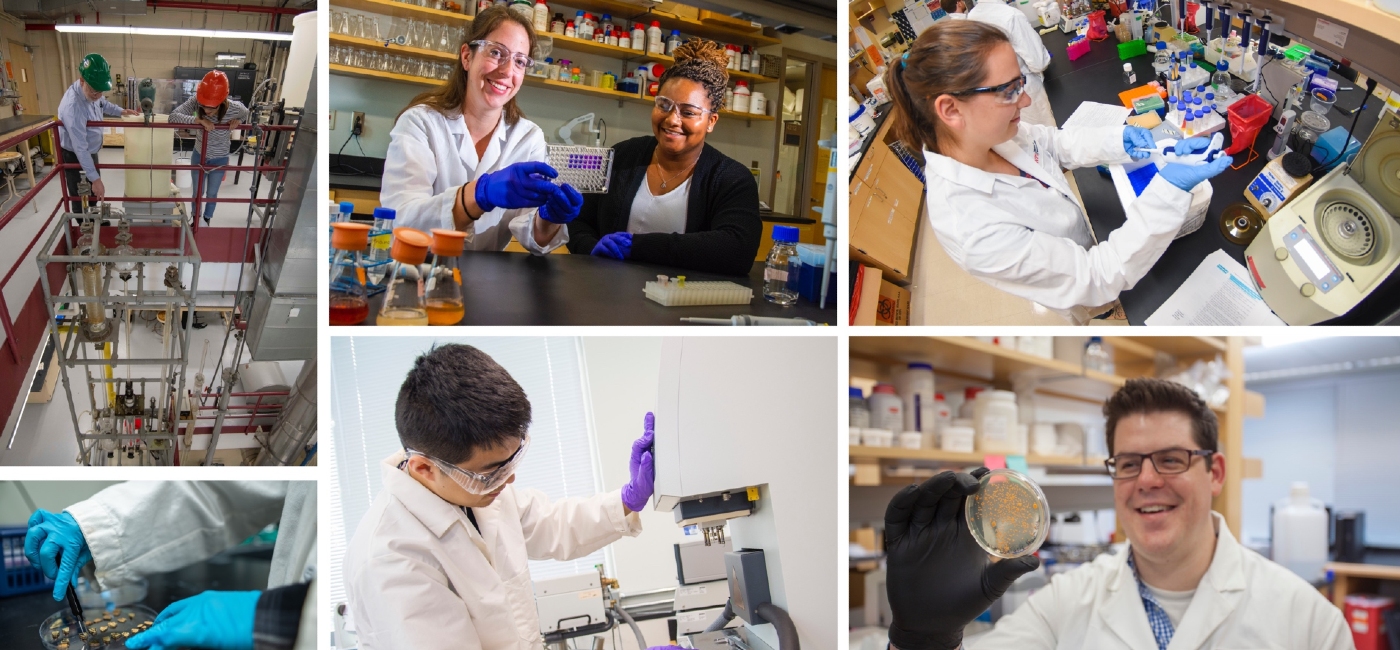Working with the North American Treaty Organization (NATO), professor Terri Camesano of Worcester Polytechnic Institute (WPI), has edited a new book that will provide a blueprint for the use of nanotechnology for chemical and biological defense. The book, sponsored by NATO, is a collection of work by the world’s top nanotechnology experts and stems from a conference Camesano convened through NATO's Science for Peace and Security Programme, which seeks to use scientific research, innovation, and the exchange of knowledge to enhance cooperation and dialog among NATO members.
Published by Springer, Nanotechnology to Aid Chemical and Biological Defense examines scientific advancements in nanotechnology and other technologies for improving the detection and decontamination of chemical, biological, radiation and nuclear (CBRN) agents. Its 15 chapters were submitted by more than 20 leading researchers from Europe and the United States, convened by Camesano in Turkey in September, 2014, to discuss a wide range of topics related to biological and chemical threats. The book focuses on two main areas: the ability to control matter on an atomic and/or molecular scale; and new sensing techniques to exploit the unique properties of matter at the nano-scale. In addition to editing the book, Camesano provided an overview of her own research into the behavior of gold nanoparticles in the natural environment.
"This book provides critical insight into the potential use of nanomaterials and nanotechnology in global security," said Camesano, professor of chemical engineering and dean of graduate studies. "These capabilities are of increasing importance as chemical and biological agents begin to be used more frequently in acts of terrorism, in ways in which we have not previously been able to respond effectively."
Nanotechnology, a multidisciplinary field that incorporates elements of engineering, biotechnology, physics and chemistry, deals with structures that are generally smaller than 100 nanometers. (One nanometer is a billionth of a meter, or about 1/100,000 the width of a human hair.) Nanotechnology and nanomaterials have the potential to be used for identifying CBRN threats and developing protective technologies.
Among the other scientists contributing chapters are: Giorgi Kvesitadze, president of the Georgian Academy of Sciences in Tbilisi; Audrey Beaussart of the University Catholique de Louvain in Belgium; Nina Chanishvili from IBMV Tbilisi in Georgia; Ario de Marco and Mladen Franko of the University of Nova Gorica in Slovenia; Mario Böhme of Darmstadt University of Technology in Germany; David Wright from Vanderbilt University in Tennessee; and Ahmet Ozgur Yazaydin of University College London.
Through increased international collaborations on research, innovation and knowledge expertise, Camesano believes "we can make significant contributions in meeting present and future security challenges."


